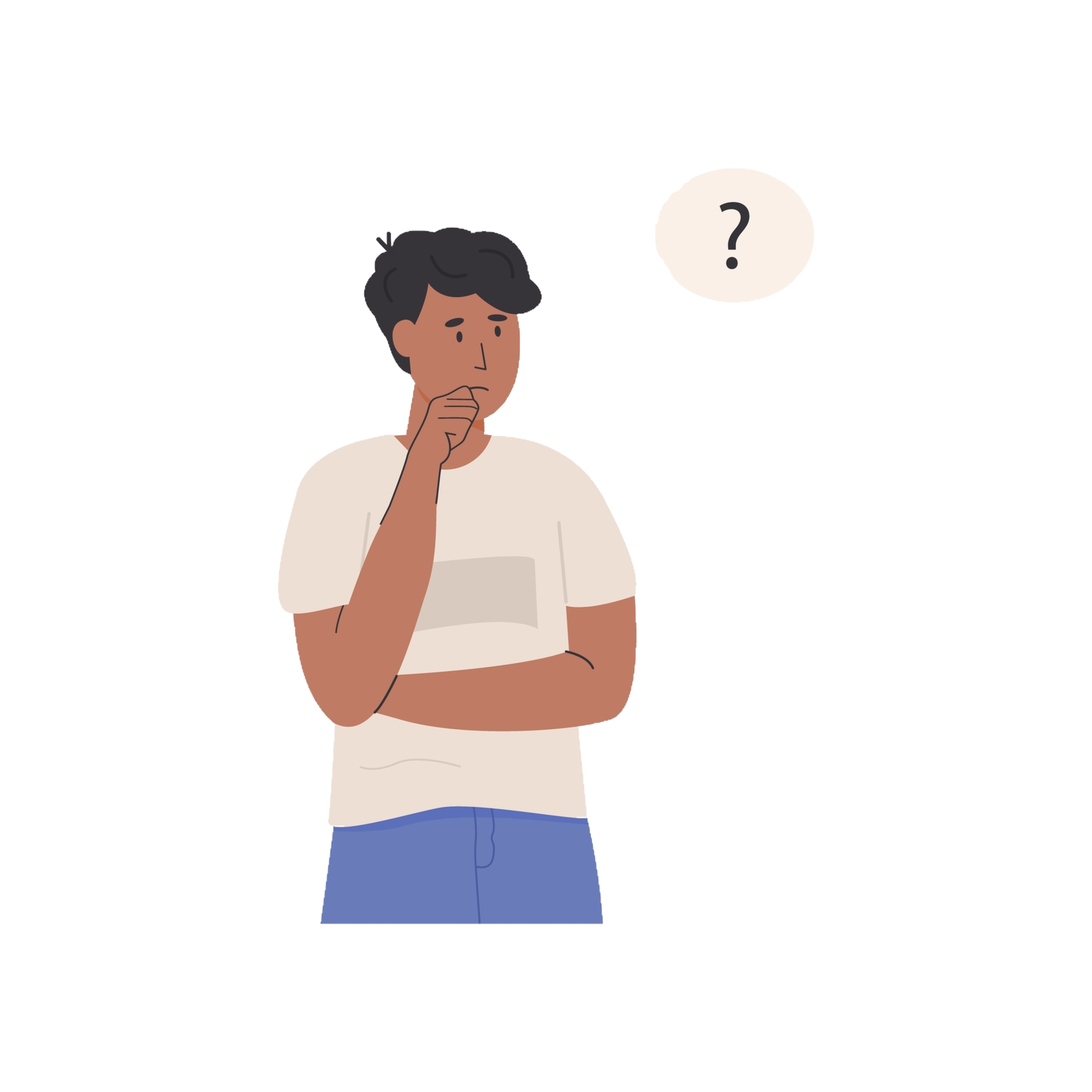Last Reviewed March 2022
One Minute Guide to Perplexing Presentations (PP) / Fabricated or Induced Illness (FII)
What is Fabricated or Induced Illness?
Fabricated or Induced Illness (FII) is a condition whereby a child, young person (or an adult) suffers harm through the deliberate action of her/his parent or carer and which is attributed by the adult to another cause.
It is a relatively rare but potentially lethal form of ABUSE and the usual child protection procedures apply. It can lead to physical or emotional harm. The child can be directly harmed, both physically and emotionally (through illness induction and taking on a sick role) and indirectly due to the medical response (where the child suffers unnecessary examinations, investigations, procedures and treatments).
-
Show details
When to consider FII as opposed to PP?
FII should be considered if a child is being presented as ill when they are not, or as more ill than is actually the case, because of the parent or carer’s report or action (usually the mother).Often there is discrepancy between parental accounts of illness and observations of professionals, and puzzlement within the health team.
-
Show details
 Why is it important to respond to FII? The harm to a child can result in:
Why is it important to respond to FII? The harm to a child can result in:– Unnecessary investigations which my be painful
– Death
– Chronic invalidism and developmental problems
– Actual disease
– Significant psychological damage
– FII behaviour in adulthood
-
Show details
 How does Perplexing Presentations (PP) differ from FII? The term Perplexing Presentations (PP), (similar to FII) is used when a child presents in an unusual way or with unusual frequency. It describes a situation where there are alerting signs of possible FII and where the signs of actual harm are not yet clear.
How does Perplexing Presentations (PP) differ from FII? The term Perplexing Presentations (PP), (similar to FII) is used when a child presents in an unusual way or with unusual frequency. It describes a situation where there are alerting signs of possible FII and where the signs of actual harm are not yet clear.PP is used where there is no perceived immediate serious harm to a child but where there is a possibly of it developing into FII. Alerting signs could present as:
– The presence of discrepancies between reports
– Presentations of the child
– Independent observations of the child
– Implausible descriptions and unexplained findings
– Or parental behaviour.
Focus should remain on preventing any ‘harm’ to the child.
-
Show details
 What does FII look like? The parent or carer’s behaviour can present itself in a negative sliding scale from overanxious, to exaggerating to fabricating and finally Inducing Illness.
What does FII look like? The parent or carer’s behaviour can present itself in a negative sliding scale from overanxious, to exaggerating to fabricating and finally Inducing Illness.Fabricating or inducing illness is an extreme and pathological side of the spectrum but is not always a conscious and a deliberate deception from the parent / carer. Mental ill health and Adverse Childhood Experience (ACE’s) of the parent or carer can have an impact on the behaviours seen in typical FII presentation.
-
Show details
 How may FII occur? - Fabrication of past medical history;
How may FII occur? - Fabrication of past medical history;
- Fabrication of signs and symptoms and falsification of hospital charts, records, letters and documents and specimens of bodily fluids;
- Exaggeration of symptoms; and Induction of illness by a variety of means - this can be relatively harmless or immediately life threatening.“A single alerting sign by itself is unlikely to indicate possible fabrication”. RCPCH 20215
-
Show details
Multi-agency (MA) awareness
Although presentations most commonly occur in health settings, concerns may also arise in any agency working with children and families, and practitioners require a shared understanding of signs of PP / FII and know what next steps to take.New guidelines emphasise the need for a MA response in reaching a consensus through:
– A multi-professional meeting
– Agreeing a Health and Education Rehabilitation Plan
– Working collaboratively with parents
In order to not delay proceedings, less emphasis is now placed on chronologies, but practitioners need to note that they still play an important role. Service managers should ensure that the lead clinician has sufficient time to compile the chronology. Please refer to page 8 of the WY FII guidance doc.
-
Show details
What to do if you are worried about PP / FII?
If any professional has concerns about a situation being indicative of perplexing presentations / fabricated or induced illness, then these should be discussed with their child protection lead. -
Show details
 Do I need to consult parents and carers? In contrast to working with other forms of abuse, it may be important and appropriate not to share information or seek consent from the carers at times, since this may put the child at risk.
Do I need to consult parents and carers? In contrast to working with other forms of abuse, it may be important and appropriate not to share information or seek consent from the carers at times, since this may put the child at risk.This includes if concerns about FII are that significant harm is being caused (or is highly likely to be caused) to the child or young person. However, unless there is significant risk of immediate, serious harm to the child’s health or life, the need for sharing information between different professionals involved in the child’s life should be discussed with the child/young person and their parents.
It is important to always seek guidance from your Safeguarding Lead on this matter.
Multi- agency working is essential
Practitioners in all agencies need to be aware of the West Yorkshire Safeguarding Children’s Board Consortium online procedures for managing FII. Where practitioners have differences in opinion about how to proceed, they should seek to resolve these through the Concerns Resolution Process. A multi-agency strategy discussion led by Children’s Social care (CSC) will take place to determine next steps.
Please refer to section 12 of the WY Procedure for detailed agency responsibilities.
If a practitioner believes that a child is at immediate risk of harm, they must contact the Police on 999
Useful documents to inform practice
- Guidance on FII from WYC and specific roles & responsibilities
- Schools, colleges and children's services : Safeguarding children
- Perplexing Presentations (PP) / Fabricated or Induced Illness (FII) in children – guidance – RCPCH Child Protection Portal
- NHS Overview - FII
- Information on PP / FII from safeguarding network
- FII Chronology Template
- Health and Education Rehabilitation Plan template
- Red and amber pathway document



